The 15th day of the first lunar month marks the warm and festive Chinese Lantern Festival. As the grand finale of the Spring Festival celebrations, the Lantern Festival begins under the glow of the full moon and the shimmer of countless lanterns lighting up households.On this festive night, streets and alleys are adorned with vibrant lanterns, often inscribed with riddles that engage passersby. Soft and sweet glutinous rice balls, known as tangyuan, are a must-eat delicacy of the day, symbolizing family reunion and harmony. Additionally, lively dragon and lion dances, along with dazzling firework displays, elevate the festive atmosphere, showcasing the unique charm of traditional Chinese culture.

The Lantern Festival: A Millennial Code of Reunion in the Glow of Lights
Common Name: Lantern Festival (meaning “the night of the first full moon”)
•Traditional Elegant Name: Shangyuan Festival (the first of the Taoist “Three Yuan Festivals”)
•Date: The 15th day of the first lunar month, the grand finale of the Spring Festival celebrations
•Significance: Carrying forward the festive spirit of the new year and embodying wishes for reunion and happiness
•Signature Traditions: Admiring lantern-lit scenes and solving riddles, celebrating with lively dragon and lion dances, and enjoying sweet glutinous rice balls symbolizing harmony
•Historical Legacy: A tradition passed down through millennia of glowing lanterns
•Festive Greeting: “Happy Lantern Festival” conveys warm blessings
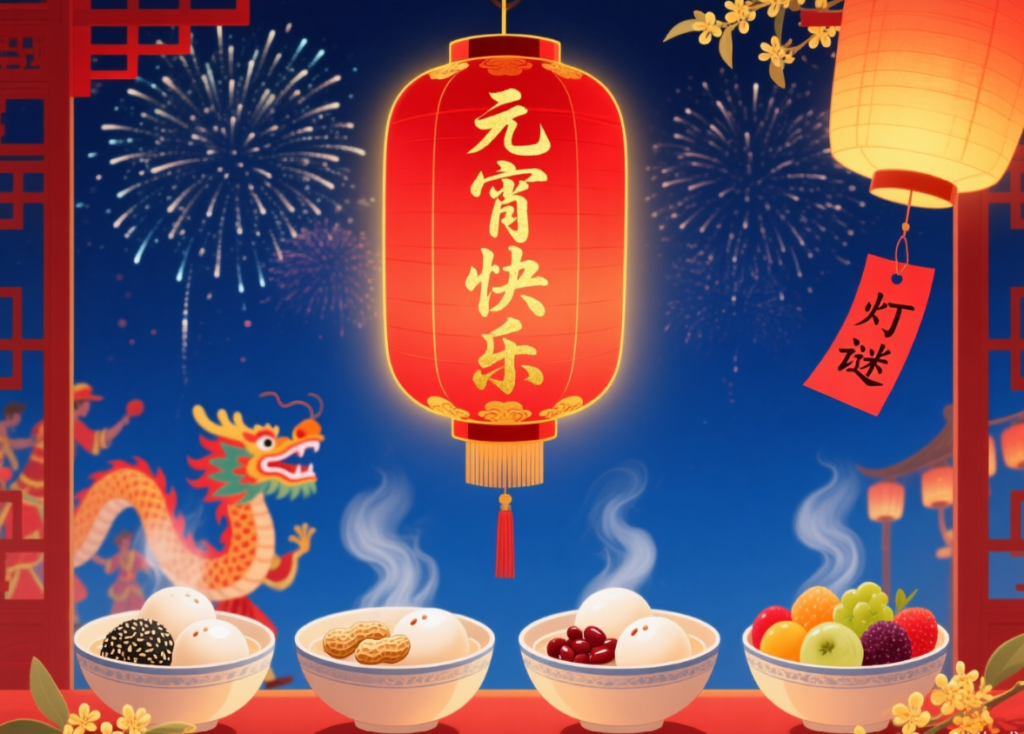
The Legend of Millennial Lanterns: The Story Behind the Origins of the Lantern Festival
As one of China’s important traditional festivals, the Lantern Festival dates back to the Han Dynasty over 2,000 years ago. There are several legendary tales about its origin, among which the following two are the most representative:
The Legend of Dongfang Shuo Aiding the Maiden “Yuanxiao”
During the reign of Emperor Wu of the Han Dynasty, a palace maid named Yuanxiao longed to return home so deeply that she considered taking her own life. The strategist Dongfang Shuo, moved by her plight, devised a clever plan. He spread a prophecy that the “Fire God would burn down the city on the fifteenth day of the first lunar month” and advised the emperor to order every household to hang red lanterns and make yuanxiao(sweet rice balls) as an offering to the gods. He also arranged for Yuanxiao’s family to enter the capital that night. The emperor approved the plan, thus initiating the traditions of displaying lanterns and eating yuanxiao.
Emperor Wen Establishes a Festival to Celebrate Peace
After the political turmoil caused by Empress Lü, senior officials Zhou Bo and others quelled the rebellion on the fifteenth day of the first lunar month, welcoming Emperor Wen to the throne. To commemorate this victory and the restoration of stability, Emperor Wen designated this day as the “Lantern Festival,” ordering the entire nation to display lanterns and decorations to celebrate peace and prosperity with the people.
How Do Chinese Celebrate the Chinese Lantern Festival?
Admiring brilliant lanterns, solving clever riddles, savoring sweet rice balls, and watching spectacular dragon and lion dances form the four most beloved traditional customs of the Lantern Festival.
1. Admiring Lanterns

•Symbolism: This is the most iconic tradition of the Lantern Festival, symbolizing “praying for brightness and dispelling darkness.” It originally had connections to Buddhist ceremonies and later evolved into a grand celebration for all. The illuminated lanterns also represent lighting up the future and bringing hope.
•Activities: From simple ancient paper lanterns to today’s diverse creations (made of silk, glass, plastic) in various shapes (palace lanterns, fish lanterns, zodiac lanterns, thematic lantern sets), people of all ages stroll through lantern fairs, marveling at the exquisite artistry and experiencing the spectacular “night bright as day” atmosphere.
2. Solving Riddles
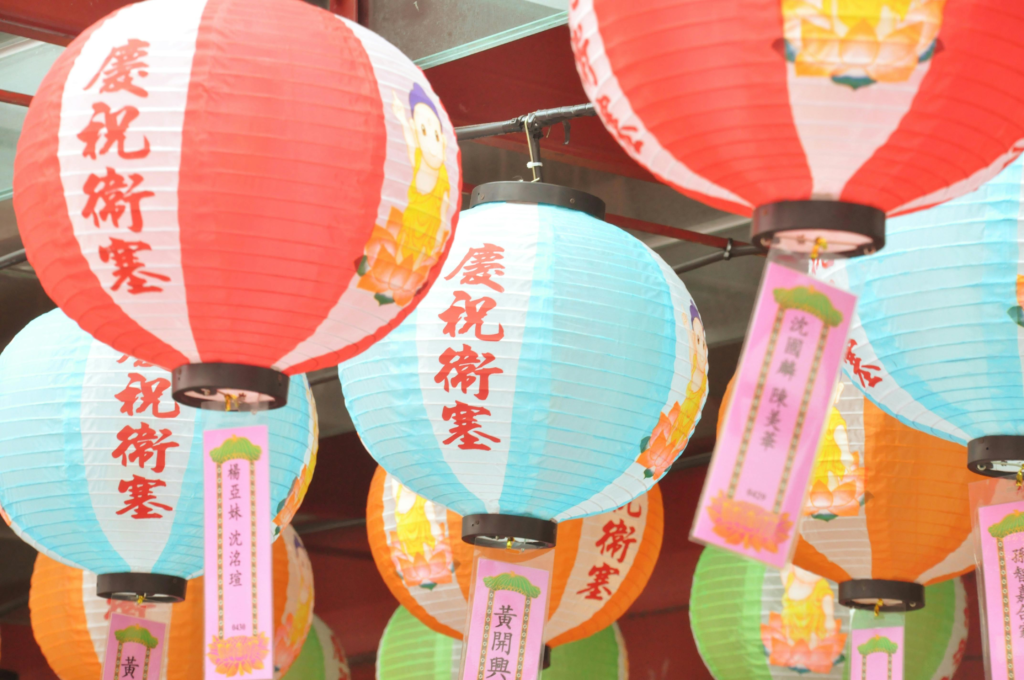
•Symbolism: This is the most iconic tradition of the Lantern Festival, symbolizing “praying for brightness and dispelling darkness.” It originally had connections to Buddhist ceremonies and later evolved into a grand celebration for all. The illuminated lanterns also represent lighting up the future and bringing hope.
•Activities: From simple ancient paper lanterns to today’s diverse creations (made of silk, glass, plastic) in various shapes (palace lanterns, fish lanterns, zodiac lanterns, thematic lantern sets), people of all ages stroll through lantern fairs, marveling at the exquisite artistry and experiencing the spectacular “night bright as day” atmosphere.
3.Eating Yuanxiao/Tangyuan

•The Food: In northern China, it is called “Yuanxiao,” made by rolling the filling in dry glutinous rice flour. In the south, it is called “Tangyuan,” made by wrapping the filling in a glutinous rice dough. Despite the slight difference in preparation, both are round balls made of glutinous rice with sweet (e.g., sesame, red bean paste) or savory fillings.
•Cultural Meaning: Their round shape symbolizes “family reunion, harmony, and happiness.” Eating Yuanxiao/Tangyuan with the whole family under the full moon embodies the wish for family togetherness and a sweet life. The sweet fillings also represent hopes for a prosperous and sweet future.
4.Watching Dragon and Lion Dances
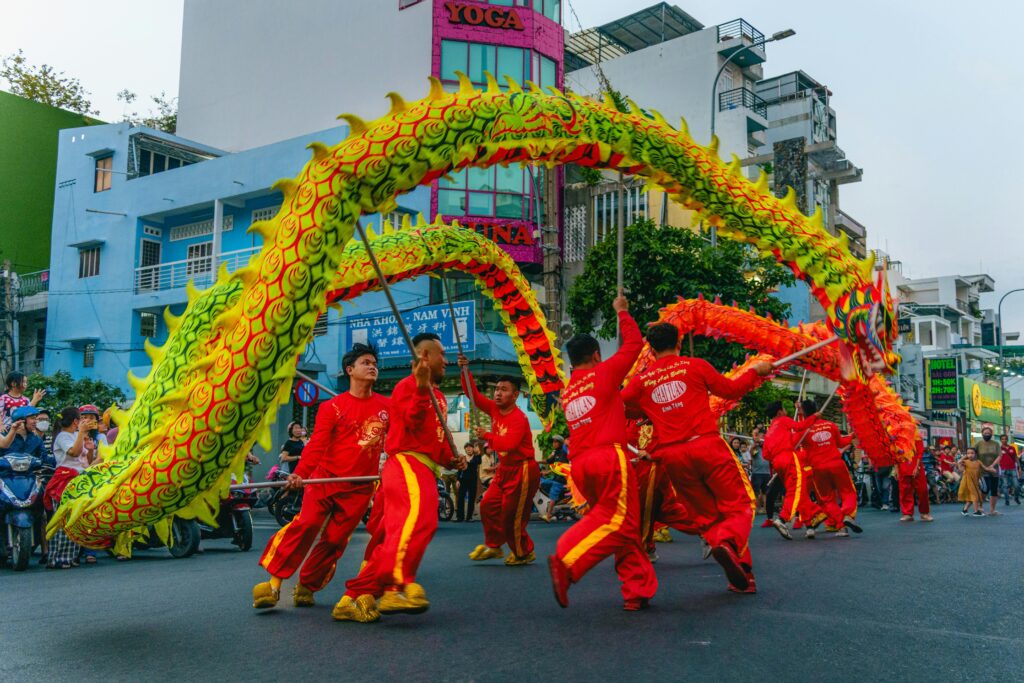
•Origin and Purpose: These performances are common during the Chinese New Year period and reach their peak on the Lantern Festival. Originating from ancient worship of dragons and the belief that lions could ward off evil spirits, they are performed to pray for favorable weather, good harvests, and peace.
•Performances: The Dragon Danceis grand and majestic, with performers coordinating to make the dragon weave and soar, showcasing its power. The Lion Danceis more agile and lively, alternating between majestic and playful movements, often including difficult stunts like “picking the green,” which elicit cheers from the crowd. The energetic drumming and captivating performances bring the festive atmosphere to its climax.
Traditional Delicacies of the Lantern Festival
The signature food of the Lantern Festival is Tangyuan(commonly used in southern China) or Yuanxiao(predominantly used in northern China). These round, glutinous rice dumplings are made with a sticky rice flour wrapper and filled with a variety of stuffings—from classic options like black sesame, peanuts, and red bean paste to innovative fruit fillings—catering to diverse taste preferences. Sweet fillings remain the most popular among them.
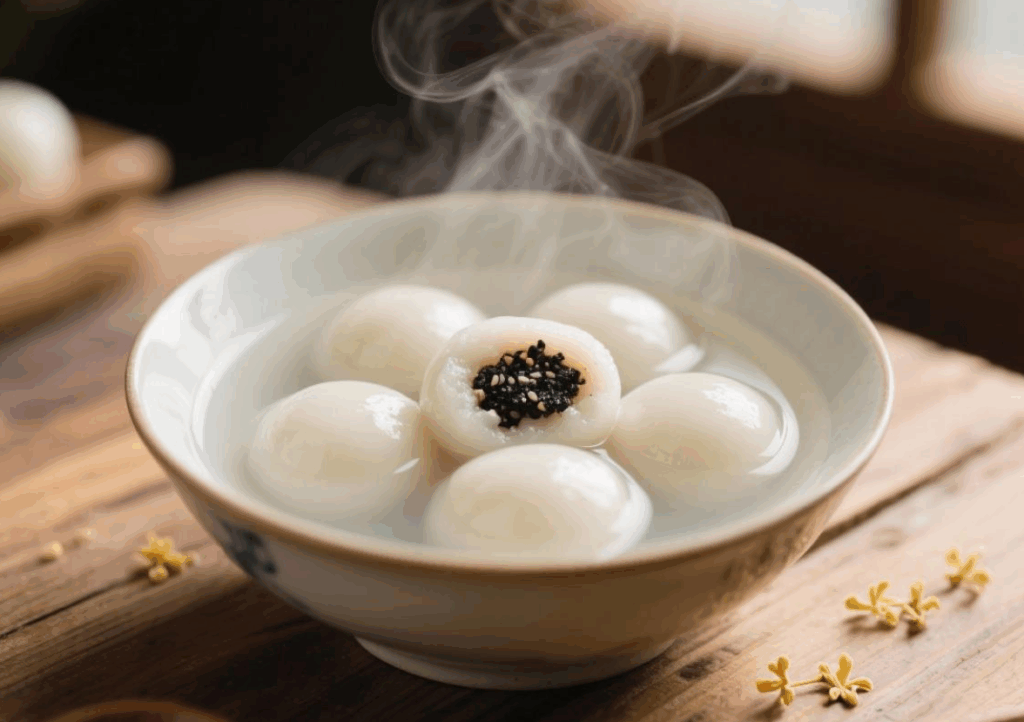
Symbolism in Every Bite
Tangyuan embodies auspicious meanings in Chinese culture through its form, sound, and significance:
Its round shapesymbolizes family reunion and a fulfilling life.
Its sweet tasterepresents a sweet and happy future.
The name “Tangyuan“is a homophone for “reunion” (团圆), reflecting the wish for family togetherness and harmony.
Versatile Ways of Enjoying
Besides the traditional method of boiling, Tangyuan can also be fried, steamed, or served in sweet fermented rice soup, known as Jiuniangor sweet rice wine. Each preparation method offers a unique culinary experience.
This custom, rich with the symbolism of reunion, is believed to have originated during the Song Dynasty and gained popularity throughout the Ming and Qing dynasties. It remains an essential cultural element of the Lantern Festival to this day.
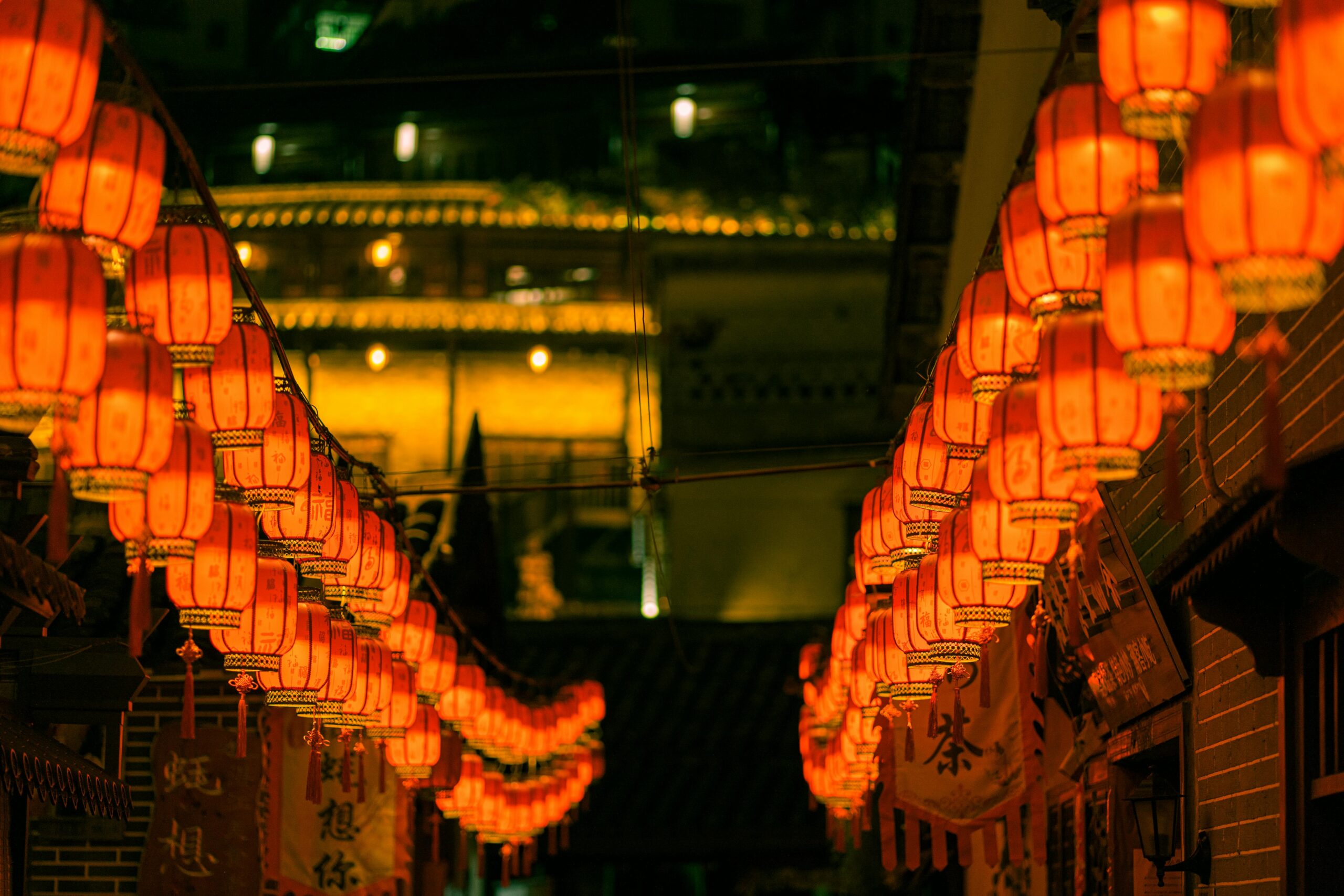

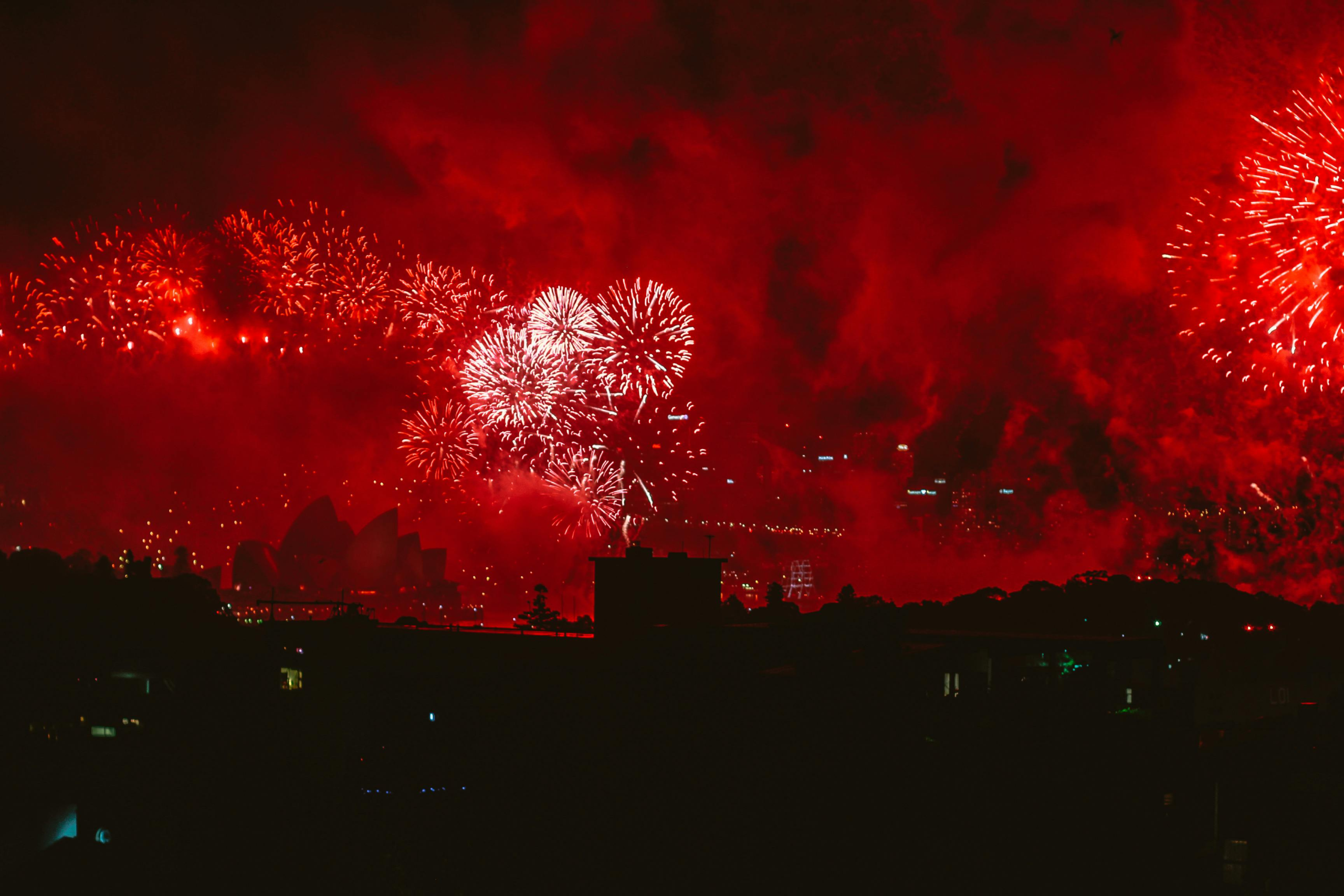
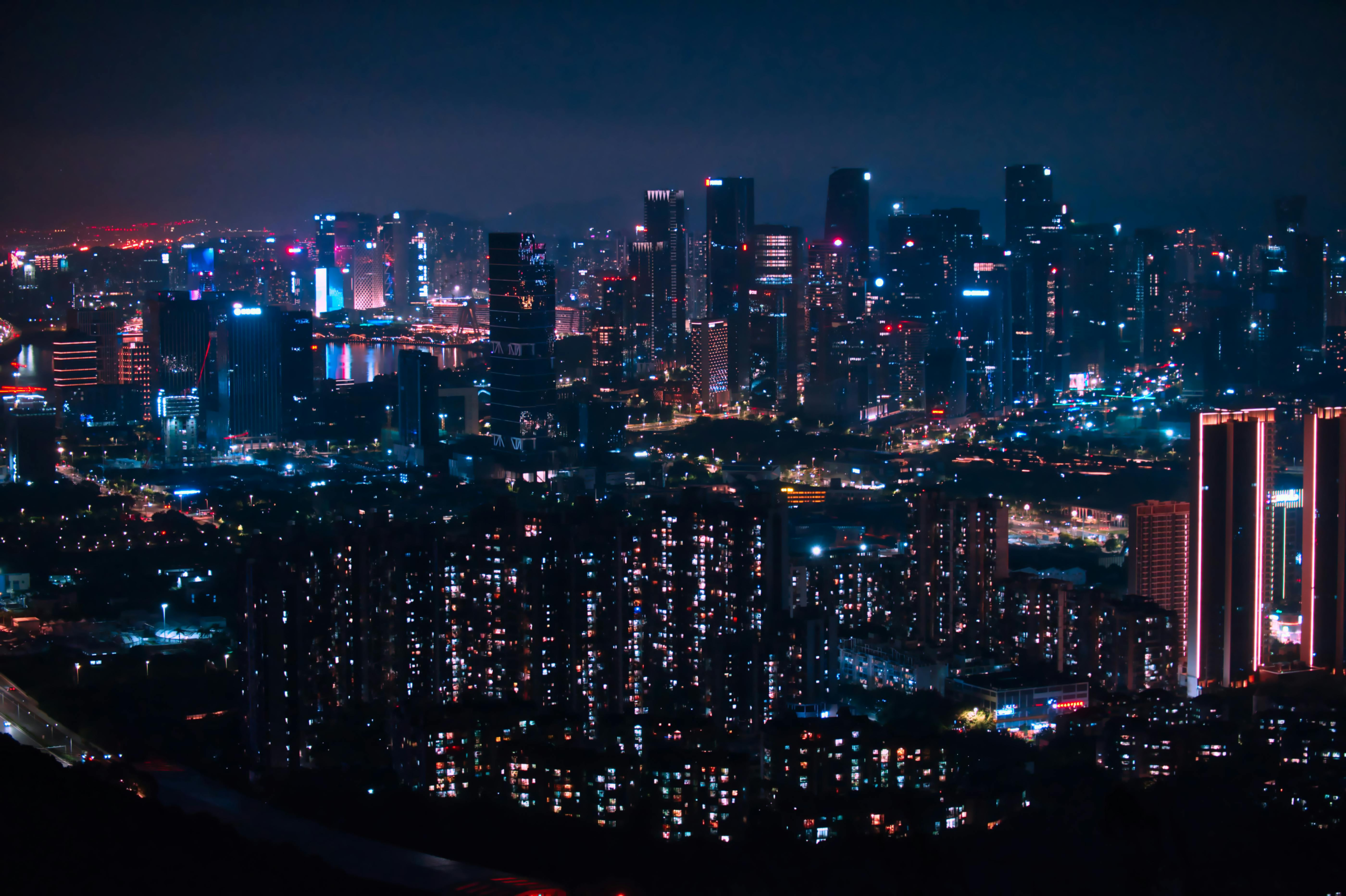

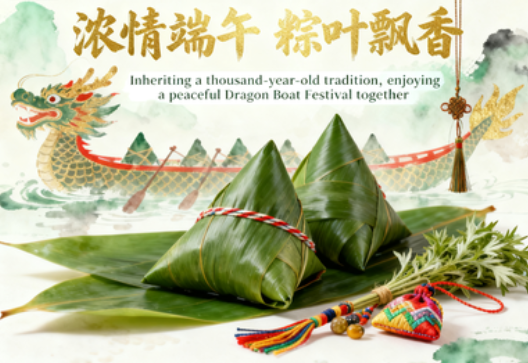

Leave a Reply